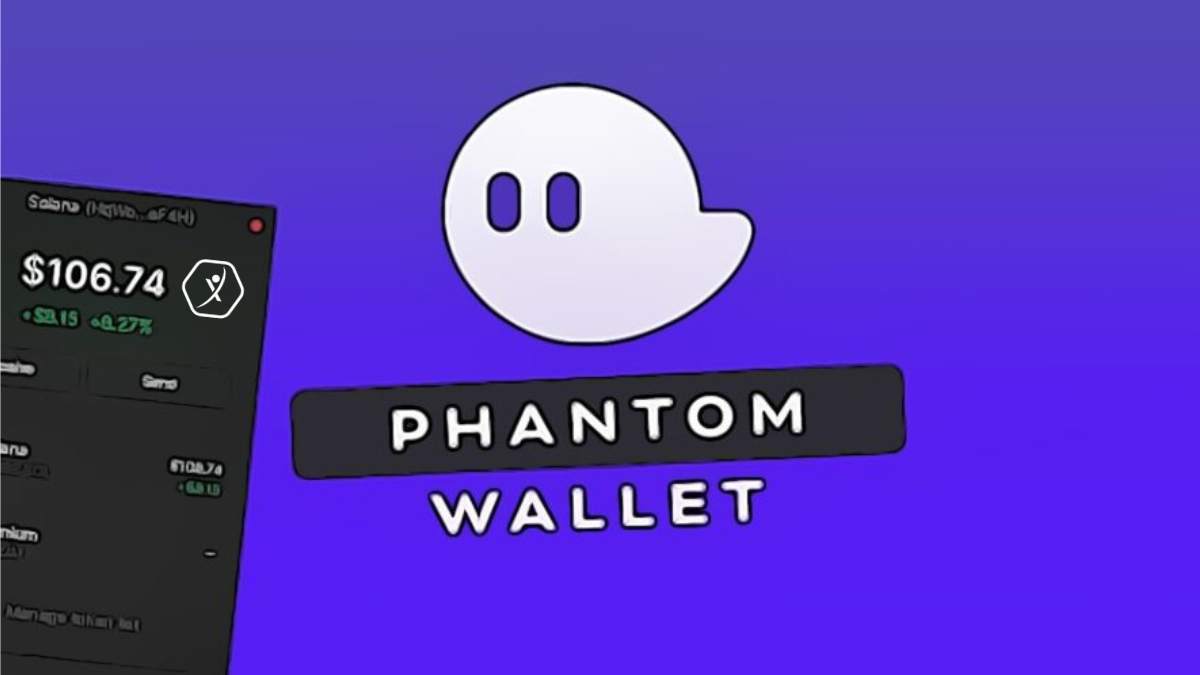Why the Phantom Extension Is Your Best Bet for Seamless dApp Integration and Staking on Solana
PostÈ le 1 d√©cembre 2024 dans Actualit√©s par Isidore Monzongoyi.
Okay, so check this out‚ÄîI’ve been diving headfirst into Solana’s ecosystem recently, and man, the wallet experience can make or break your day. Seriously, one false move and your DeFi game or NFT hustle gets messy real quick. My first impression was, ‚ÄúDo I really need yet another browser extension?‚Äù But something felt off about the usual suspects‚Äîthey either slowed me down or tangled my assets across different apps.
Then I stumbled onto the phantom extension. Whoa! It’s not just another wallet; it’s like the Swiss Army knife for Solana users, especially if you’re juggling staking rewards and multiple dApps. The integration is slick, almost effortless once you get the hang of it. At first, I thought browser extensions were a relic, but Phantom changed my mind.
Here’s the thing. The extension plugs right into your browser, making DeFi actions feel native rather than clunky. No constant page reloads or switching between apps. Plus, the UI is clean, which is a rare gem in crypto land. I’m biased, but it’s honestly one of the smoothest rides out there.
Now, staking rewards can be a headache if you’re using different wallets or platforms. Phantom’s got this streamlined approach that tracks your rewards in real-time, so you’re not guessing or refreshing every five minutes. That feature alone saved me a bunch of stress.
Actually, wait—let me rephrase that. It’s not just about staking or DeFi; it’s about how the extension handles dApp connections. It’s almost seamless, no annoying pop-ups or permission nags that feel like a fishing scam. On one hand, this makes me trust it more. Though actually, like any software, you gotta stay vigilant and keep your security tight.
So why is this a big deal? Well, most Solana users are looking for convenience without sacrificing security. Phantom’s browser extension nails that balance in a way that made me rethink my whole crypto setup. (Oh, and by the way, it supports NFT interactions too, which is crucial if you’re into that scene.)
Imagine you‚Äôre flipping through your favorite NFTs or staking your tokens, and the wallet just… works. No clunky delays, no confusing interfaces. That‚Äôs the vibe Phantom delivers. And, honestly, some of the other wallets out there feel like they forgot what ‚Äúuser-friendly‚Äù means.

What’s cool is, the Phantom extension also supports multiple network connections without bloating your browser. I noticed that some extensions slow down my browser or crash when too many tabs are open. Phantom? Nope. It’s lightweight and responsive, and that’s a very very important detail for anybody deep into trading or NFT drops.
Still, I gotta admit, the staking rewards system isn’t foolproof. Sometimes the updates lag a bit, which can be nerve-wracking when you’re chasing the exact timing for claiming. My instinct said, “Maybe double-check on the blockchain explorer,” and that’s a smart move. No wallet is perfect, but Phantom makes the process smoother than most.
Why dApp Integration Matters More Than You Think
At first, I underestimated how critical smooth dApp integration is. I mean, connecting your wallet to a decentralized app should be simple, right? Nope. Many wallets ask for repetitive approvals or lose connection mid-session. Phantom extension handles this gracefully, maintaining active sessions and reducing those annoying reconnects.
Here’s what bugs me about some other extensions: they often bombard you with permission requests that make you second guess the whole transaction. Phantom’s approach is more transparent and less intrusive, which is refreshing when you’re navigating complex DeFi protocols or NFT marketplaces.
Plus, the extension supports one-click interactions that keep me in the flow. When you’re staking across multiple pools or jumping between NFT auctions, every second counts. Phantom’s got your back with quick approvals and clear transaction statuses.
Okay, so it’s not all sunshine. Some advanced features still require manual setups or external verification, which can trip up newbies. But for the average Solana user focused on staking rewards and dApps, it‚Äôs probably the best tool in the shed right now.
And hey, if you want to check it out yourself, the phantom extension is super easy to install and get rolling. The onboarding walkthrough isn’t overwhelming, which makes a huge difference when you’re not a crypto veteran.
On a side note, I love how Phantom keeps pace with Solana’s rapid developments. Updates come regularly, and the team seems responsive. That means fewer bugs and more features that actually matter to users like us.
One weird thing I noticed: sometimes, the extension‚Äôs notifications can be a bit too chatty, almost like a persistent friend reminding you to claim rewards or check your wallet. It‚Äôs a small gripe, but it felt like… okay, I get it, I gotta claim my staking rewards!
Wrapping It Up (But Not Really)
So yeah, the Phantom extension is kinda becoming my go-to for all things Solana. It’s fast, intuitive, and it just knows how to fit into my browser without being a pest. I’m not 100% sure if it’s perfect for hardcore traders or developers, but for regular DeFi and NFT folks, it’s a game changer.
Honestly, when I first started, I was skeptical about trusting another browser extension with my assets. But Phantom’s blend of convenience and thoughtful design won me over. Maybe it’s the little things—like real-time staking updates or smooth dApp handshakes—that make all the difference.
Anyway, if you haven’t tried it yet, give the phantom extension a whirl. It might just simplify your Solana experience more than you expect. And if you’re anything like me, having a wallet that “just works” is worth its weight in crypto.
